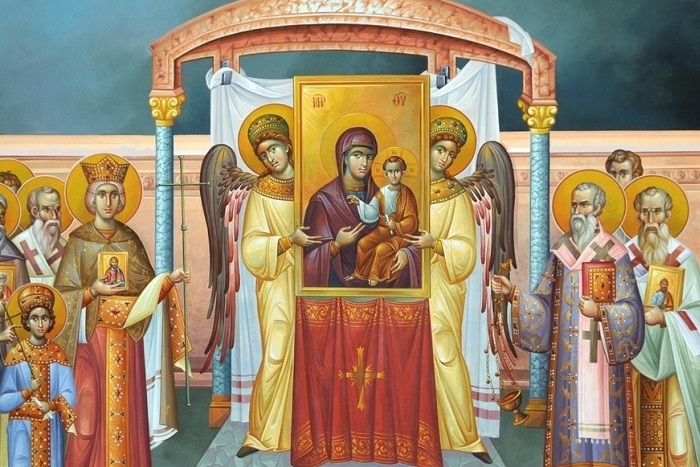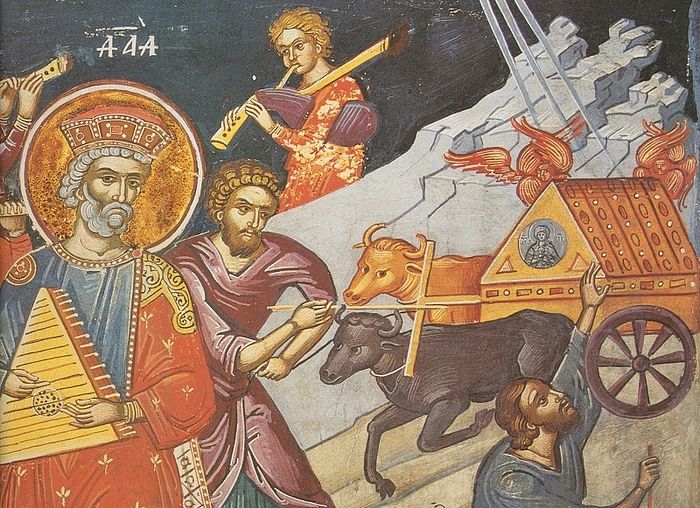
The importance of reading Holy Scripture in the life of an Orthodox Christian is enormous. However, while many people are familiar with the advice to read the Epistle and the Gospel every day, reading the books of the Old Testament is much more difficult because of the complexity of the Old Testament text, its specificity, and its considerable volume. These factors discourage reading and studying the Old Testament books, which is essential because the Old Testament is an integral part of the Bible. It sets the context and background for all further narrative.
The Gospel, taken separately from the Old Testament, can lead and has led to serious doctrinal distortions.
So how do you revive the reading of the Old Testament for yourself? In my opinion, a new type of biblical hermeneutics, namely liturgical reading of the Bible through the lens of the divine service, which is especially important for the Orthodox Church with its emphasis on liturgical life, can be of great help in this regard. We will show below how to read the Bible through the lens of the divine service, using the fundamental themes of the Kingdom of David as an example.
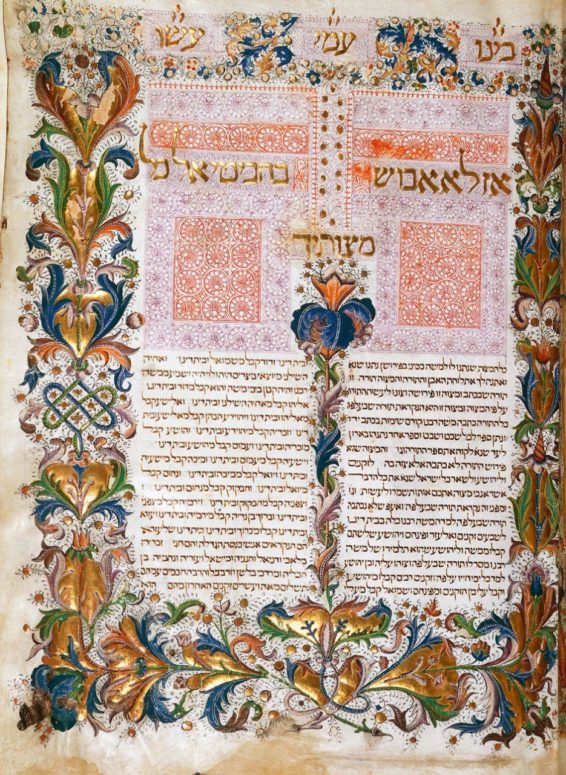
The Kingdom of Priests.
One of the key motives in the history of the Old Testament is the priestly calling of each person. Man was conceived by God as his image and likeness, as the crown of creation, called to offer praise and thanksgiving to God. However, Adam fell, so God made a series of covenants with fallen mankind for the salvation of man. One such covenant was with David, through which the Davidian dynasty was formed, and the Lord renewed his divine plan for man – to be the sons of God, kings and priests. God has called all Israel to holiness (“And ye shall be unto me a kingdom of priests, and an holy nation” Exodus 19:6), but all the people could not meet such a high calling, and constantly violated the covenant with God, not keeping His commandments, and falling into idolatry.
Then God entrusts the Levites with the role that the whole nation should have played.
Nevertheless, the kingdom of David and Solomon was undoubtedly supposed to be the kingdom of the priestly people.
David is the new Melchizedek.
The royal and priestly primogeniture granted to the throne of David (2 Sam. 7:14; Psalm 111:4; 90:26-27) is connected with the royal priesthood – what all Israel was to possess. David is described as “the new Melchizedek” – the king and priest of God Almighty from Salem, i.e. Jerusalem (cf. Genesis 14:18; Psalm 77:2, 111). Throughout the whole story, David makes decisions that are on the one hand political and military, and on the other hand ceremonial and liturgical.
His first action, after he had declared Jerusalem the capital of his kingdom, was to care for the Ark of the Covenant, the principal symbol of Israel’s chosenness, and the site of God’s special presence during Israel’s desert journey.
David’s concern for the spiritual, for the Ark of the Covenant was one of the most important tasks of the early period of his kingdom, and the placement of the Ark in the Temple was the culmination of the narrative of the Book of Chronicles.
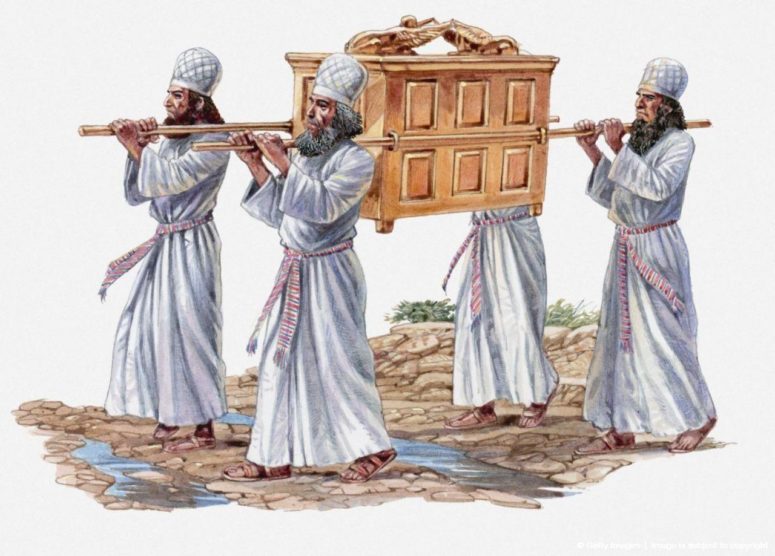
The liturgical service of David and the Ark of the Covenant.
First of all the Ark had to be returned and its return is described as a great religious pilgrimage. It is preceded by the ritual purification of the Levites (1 Chronicles 15:11), because only they have the right to carry the Ark according to the Law of Moses, restored by David (Deuteronomy 10:8, 1 Chronicles 15:2). The procession with the Ark is described as a joyful feast, during which liturgical dances and songs were held with the participation of David and the priests (1 Chronicles 15:1-16:3; 2 Samuel 6:11-19). David wears the priestly ephod; priests bring the symbolic seven oxen and seven rams as part of the ritual (1 Chronicles 15:26), and people joyfully praise God as the Creator of the world and the One who makes the covenants (1 Chronicles 16:14-18,26).
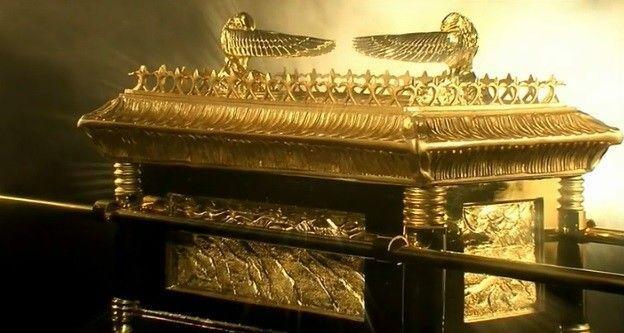
When the Ark of the Covenant was put in its place, David led the priests in offering burnt offerings and peaceful sacrifices. He blessed the people in the name of the Lord, and shared bread, meat, and pie with every Israelite.
In this narrative, David acts as the king who serves as the high priest – leads the divine service, makes sacrifices, and sends out God’s blessings.
David’s actions seem to restore the presence of God among the people (1 Chr. 23:25). To ensure the purity of the Israelite divine service, he calls upon Aaron’s descendants to be “servants of the sanctuary and of God” (see 1 Chr. 24:3,5,19) and appoints “certain of the Levites to minister before the ark of the Lord, and to record, and to thank and praise the Lord God of Israel” every morning and evening, and on public holidays (1 Chr. 16:4; 23:25-32).
Part 2 will deal with the connection between the proper worship and God’s promises, as well as the perception of the Temple of Solomon as God’s New Creation.
End of Part 1.



